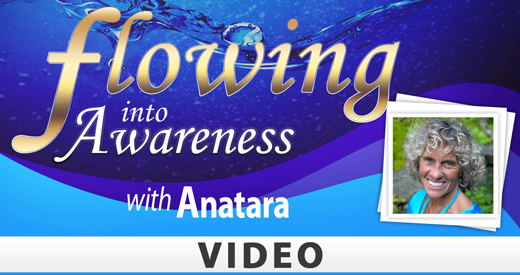Got Back Pain? Try Yoga
[post-img]Yoga offers many benefits and relief to those who suffer from the discomfort and misery of chronic back pain. Back Pain is often the result of stress from our fast-paced lives. Contributing factors to back pain are usually consistent with poor posture and body alignment.
If you are suffering from lower back pain, it is a good idea to use props during your yoga poses. These might include a stability ball or a bench. The purpose of these props is to offer stability to your body without putting too much pressure on your lower back. It will also help you learn how to coordinate each movement more effectively.
[tip-fact]Upper back pain will require some additional arm, bicep, and shoulder stretches to ensure that all your muscles are engaged.
It is always important to relax and maintain a deep breathing technique, regardless of the type of yoga session you plan to pursue. Without proper breathing, stress can accumulate, cause muscles to cramp, and detract from the natural healing of your body.
Here are some of the best poses for back ache. Since the aim is to emphasize back pain relief rather than exercise, it is not mandatory that you hold these poses for more than five to 15 seconds each, depending on your level of comfort. In addition, a use of a yoga mat or any other soft surface is highly recommended in the execution of these asanas.
The Shoulder-Stand (Savangasana):
1. Spread a thick blanket on the floor and place your yoga mat on it. Lie on your back.
2. Slowly raise your legs, lifting your trunk, hips and legs to a vertical position.
3. Rest your elbows firmly on the floor and support your back with both hands.
4. Raise your legs until they become vertical. Press your chin against your chest.
5. Breathe in counts of 5-5-5 (inhalation, retention and exhalation).
6. Don't allow your body to shake.
For the counter-poses to the Shoulder-Stand, try to incorporate the following:
Bridge Pose (Sethu Bhandasana):
1. From the Shoulder-Stand position, stretch your legs and slowly touch the floor with your feet. The purpose of this move is to bend the spine in the opposite direction.
Fish Pose (Matsyasana):
1. Lie on your back.
2. Stretch your legs and keeps your hands palm down under the thighs.
3. Raise your chest with the help of your elbows and, bending your neck backwards as much as possible, rest on the top of your head.
[b-quote]Many of the postures in yoga gently strengthen the muscles in the back as well as the abdominal muscles. Back and abdominal muscles are essential components of the muscular network of the spine, helping the body maintain proper upright posture and movement, which are vital to preventing back pain. When these muscles are well conditioned, back pain can be greatly reduced or avoided.
If your hips and shoulders are not in alignment on a regular basis – whether you’re walking, sitting, running, or sleeping – you are more likely to increase your risk of back pain. Your spinal column needs to be in alignment in order for your nervous system to function properly. Any alignment that is out of order in this area will create the sensation of back pain. With yoga, you can free up the stored energy and correct imbalances on a regular basis. Combining deep breathing techniques provide for maximum oxygen flow, which will leave you feeling more energized, relaxed, and free of tension in the long-term.
For people with lower back pain, stretching is very important. For example, stretching the hamstring muscles (in the back of the thigh) helps expand the motion in the pelvis, decreasing stress across the lower back. In addition, stretching with yoga increases blood flow, thereby allowing nutrients to flow in, toxins to flow out, and overall nourishment of the muscles and soft tissues in the lower back.
Proper body alignment and good posture, which help maintain the natural curvature of the spine, are important components for reducing or avoiding soreness in the lower back and alleviating back pain.
Long-term awareness of the body through yoga increases with practice. In theory, specific positioning and repositioning not only limber the body, but also train people to understand the limitations of their own bodies. An increased awareness acts as a preventative measure, in that the individual will learn what types of motions should and should not be avoided. By practicing these yoga techniques on a regular basis, you will be able to avoid back pain altogether and be on your way to a pain-free life.




